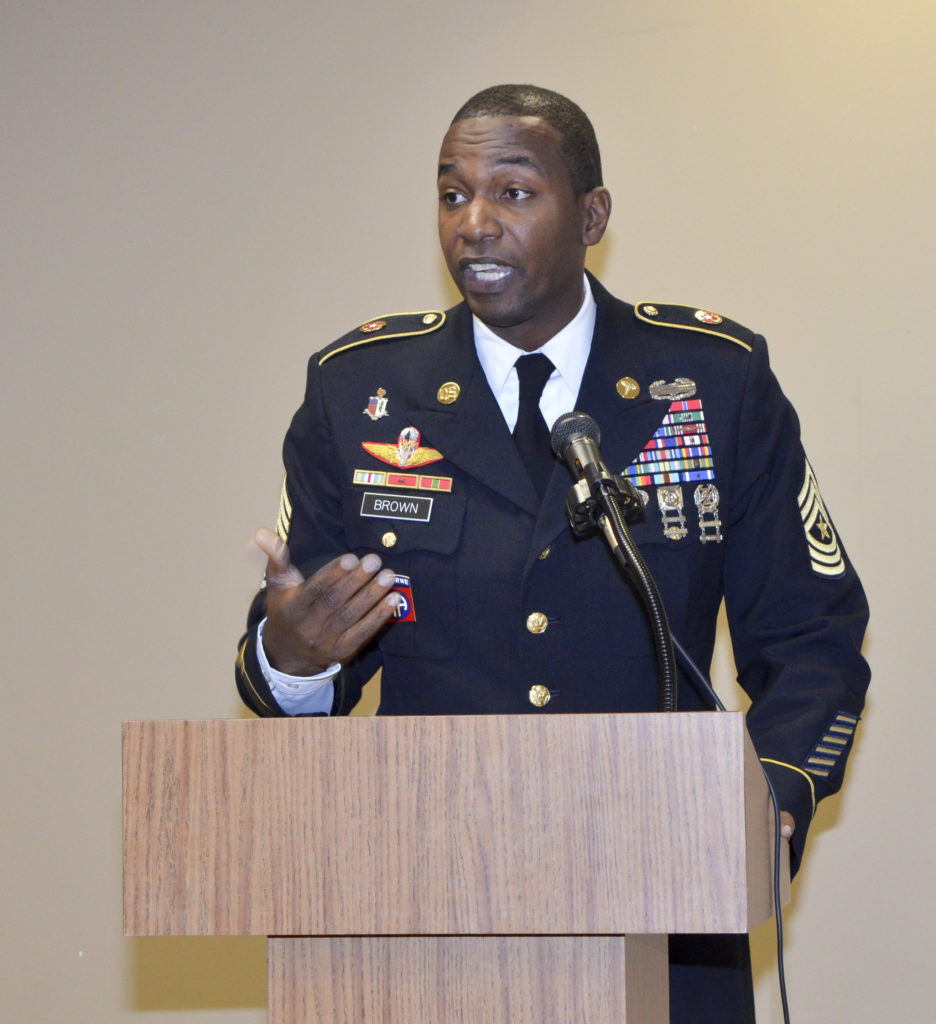


For advancement to E-7, member must have a minimum of 36 months TIR as an E-6*.The CPO is capable of accomplishing all tasks normal to a rating using technical supervision, instruction, and training of lower rated personnel. The Chief Petty Officer (CPO) (E-7) is the technical authority, expert, and supervisor within a rating. The TIR requirement for advancement to E-6 can be waived for up to one year for those with demonstrated superior performance. For advancement to E-6, member must have a minimum of 36 months TIR as an E-5*. For advancement to E-5, member must have 12 months TIR as an E-4. For advancement to E-4, the member must have a minimum of 6 months Time in Rate (TIR) and an E-3.Petty officers are capable of accomplishing tasks normal to their rating and pay grade and they provide the "hands on" skills required to maintain, repair, and operate systems and subsystems. Petty Officers (Third Class Petty Officer Second Class Petty Officer and First Class Petty Officer ) are the technicians and work managers within Navy ratings who possess increasing degrees of skill responsibility and authority as they advance in pay grade. Qualified candidates who complete service requirement of 9 months (Time in Rate from E-1 to E-2, and E-2 to E-3) between the 1st and 16th of the month will be advanced on the 16th day of that month candidates who complete service requirement of 9 months on the 17th through the end of a month will be advanced on the 16th day of the following month. Per BUPERSINST 1430.16, Advancement to the next higher pay grade (to E-2 or E-3) is automatic - no local action must be taken.Designated strikers are personnel in pay grades E-1 through E-3 who are identified as apprentices for a specific NOS.Non-designated strikers are personnel in pay grades E-1 through E-3 who are not yet designated to a specific Navy rating.These apprenticeships are: Airman (AN), Fireman (FN), and Seaman (SN). General rates are apprenticeships assigned to personnel at pay grades E-1 through E-3 to indicate their eligibility for entry into various ratings ( specific Navy enlisted job). Enlisted rates are divided into three groups: general rates (E-1 through E-3 apprenticeships), Petty Officers (E-4 through E-6), and Chief Petty Officers (E-7 through E-9). The sergeant major of the Marine Corps and the Marine gunner are the only billets which rate modified rank insignia in place of traditional rank insignia.In the Navy, rates identify enlisted Sailors occupationally by pay grades E-1 through E-9 and reflect levels of aptitude, training, experience, knowledge, skill, and responsibility. The sergeant major of the Marine Corps is the senior enlisted Marine of the entire Marine Corps, personally selected by the commandant. Master sergeants (E-8) and master gunnery sergeants (E-9) provide technical leadership as occupational specialists in their specific MOS. First sergeants serve as the senior enlisted Marine in a company, battery, or other unit at similar echelon, while sergeants major serve the same role in battalions, squadrons, or larger units. First sergeants (E-8) and sergeants major (E-9) serve as senior enlisted advisors assisting the commanding officer in matters of discipline, administration, and the morale and welfare of the unit. Gunnery sergeants (E-7) indicate their preferred promotional track on their annual evaluations. The ranks of E-8 and E-9 each have two ranks per pay grade, with distinct responsibilities. Together they are responsible to the commanding officer for the welfare, morale, discipline, and efficiency of Marines in their charge. Staff NCOs are career Marines serving in grades E-6 through E-9. Often referred to as the backbone of the Corps, enlisted Marines with pay grades of E-4 and E-5 are non-commissioned officers (NCOs).


 0 kommentar(er)
0 kommentar(er)
